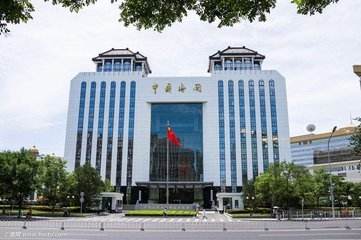Chinese customs have a long history. As early as the Western Zhou Dynasty and the Spring and Autumn Period and the Warring States Period, ancient books already recorded the “Guan and Guan Shi”. In the Qin and Han dynasties, it entered a unified feudal society and the development of foreign trade. In the sixth year of the Western Han Dynasty (111 BC), customs were established in Hepu and other places. During the Song, Yuan, and Ming dynasties, city shipping divisions were established in Guangzhou, Quanzhou, and other places. After the Qing government announced the opening of the sea ban, in the 23rd to 24th years of Kangxi (1684-1685), it was named for the first time under the name of “Customs” and successively set up Guangdong (Guangzhou), Fujian (Fuzhou), Zhejiang (Ningbo), and Jiang (Shanghai ) Four customs. After the Opium War in 1840, China gradually lost its autonomy in tariffs, customs administration, and tax revenue custody. The customs became a semi-colonial customs. Become an important tool for Western powers to plunder the Chinese. Until the founding of the People’s Republic of China in 1949, the people’s government took over the customs, announcing the end of the semi-colonial customs history controlled by imperialism, marking the birth of socialist customs. The government of the People’s Republic of China has revolutionized the original customs institutions and operations, undergoing a tortuous development process, and gradually improving the customs system.

In view of the increasingly strict customs declaration supervision, all OEM products need to be declared with brand name at the time of declaration.
Post time: Nov-14-2019



